Popular Hedge for Complete Year-Round Privacy
Why Nellie Stevens Hollies?
The Nellie Stevens has soared in popularity. Why? Well, for starters, it's the ideal selection for both hedging and privacy screening, especially since it grows up to 3 feet each year.
Plus, it thrives on neglect. No green thumb is no problem since they grow in sun or partial shade. And you'll appreciate how these holly trees stay deep green year-round, unlike other hedge trees that can brown out during either the summer heat or mild droughts.
Plant each Nellie Stevens Holly 5 to 6 feet apart for a living wall that gives you complete privacy, no holes and no gaps. You control how they grow - whether that's naturally into a dense, pyramidal shape that matures at 15 to 25 feet in height, or pruned into a tall box hedge.
Buy the Best Nellie Stevens Holly Plants from FastGrowingTrees
And because they grow as much as 2 to 3 feet per year without pruning, they're truly one-of-a-kind. Furthermore, during the winter months, you'll enjoy the Nellie Stevens' red berries against its deep green foliage. Clip off a few branches to decorate your home for the holidays. Dazzling, graceful wildlife also emerges since those berries attract an array of birds.
But the best part? We plant, grow and nurture our Nellie Stevens for best results. That means you get effortless, amazing-growing benefits without hassle on your part. Once your Nellie is shipped to your door, it's ready to grow and adapt easily in your own landscape.
You won't find a better privacy screen at such a low price. These will sell out shortly, so hurry and grab a few Nellie Stevens of your own!
Planting & Care
1. Planting: Choose a planting area with full sun to partial shade (4 to 8 hours of sunlight per day). They need the sun to develop the pretty red fruits, and while Hollies have both “male” and “female” plants, Nellie Stevens is a variety that produces berries reliably without a “male” around for pollination.
To plant your Nellie (be sure to wear gloves), dig a hole as deep as the tree’s root ball and twice as wide. Remove the tree from the container and place in the hole (this is where the gloves come in handy) If the tree’s root ball is situated lower than the surrounding soil, pick up the tree and add some more soil to the hole.
Fill in around the tree with a 50/50 blend of the native soil you removed from the planting hole and a mixture of gardening soil. Mulch around your tree with shredded hardwood or pine straw.
2. Watering: Nellie Stevens is fairly drought tolerant. Water new trees twice a week for the first two months. After two months, water once a week up until six months. At that time, the tree will be well-established and will only need extra water if it is very windy and sunny during the winter.
A good rule of thumb for watering broad-leaf evergreens (trees with wide evergreen leaves) is to water deeply (count to forty on each plant) once a week for the month before the ground typically freezes. If you have several days above 50 to 60 degrees in the winter, it doesn’t hurt to give your Nellie Stevens Holly trees a drink.
3. Pruning: Holly Trees grow tall and shapely without much pruning. If you want a bushier, rounder plant, cut off the top of the tree. This will cause buds in the interior of the tree to sprout and the tree will have a fuller look. You can also hedge or prune these trees for shape. Always cut back to a leaf to hide your pruning cuts.
4. Fertilizing: Fertilize Hollies in the spring and fall with special fertilizer made for acid-loving plants. Holly-Tone is widely used for fertilizing.
FAQs
How big does a Nellie Stevens Holly get?
The Nellie Stevens Holly will grow to be around 15-25 ft. tall and 8-15 ft. wide.
What is the difference between American Holly and Nellie Stevens Holly?
The American Holly is your "traditional" holly with shiny, dark green leaves and prominent spines; it’ll need male and female plants to produce red berries.The Nellie Stevens Holly can be grown as a shrub or a tree and will feature similar leaves but will fruit with one plant and no pollinator present. All Nellie Stevens are female and all will have red berries.
When should I plant Nellie Stevens Holly?
The best time to plant hollies is in spring right before new growth or in fall before frost hits your area.

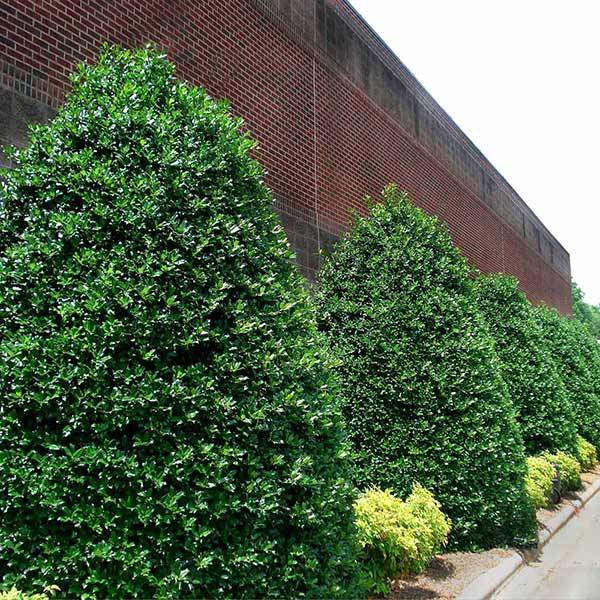

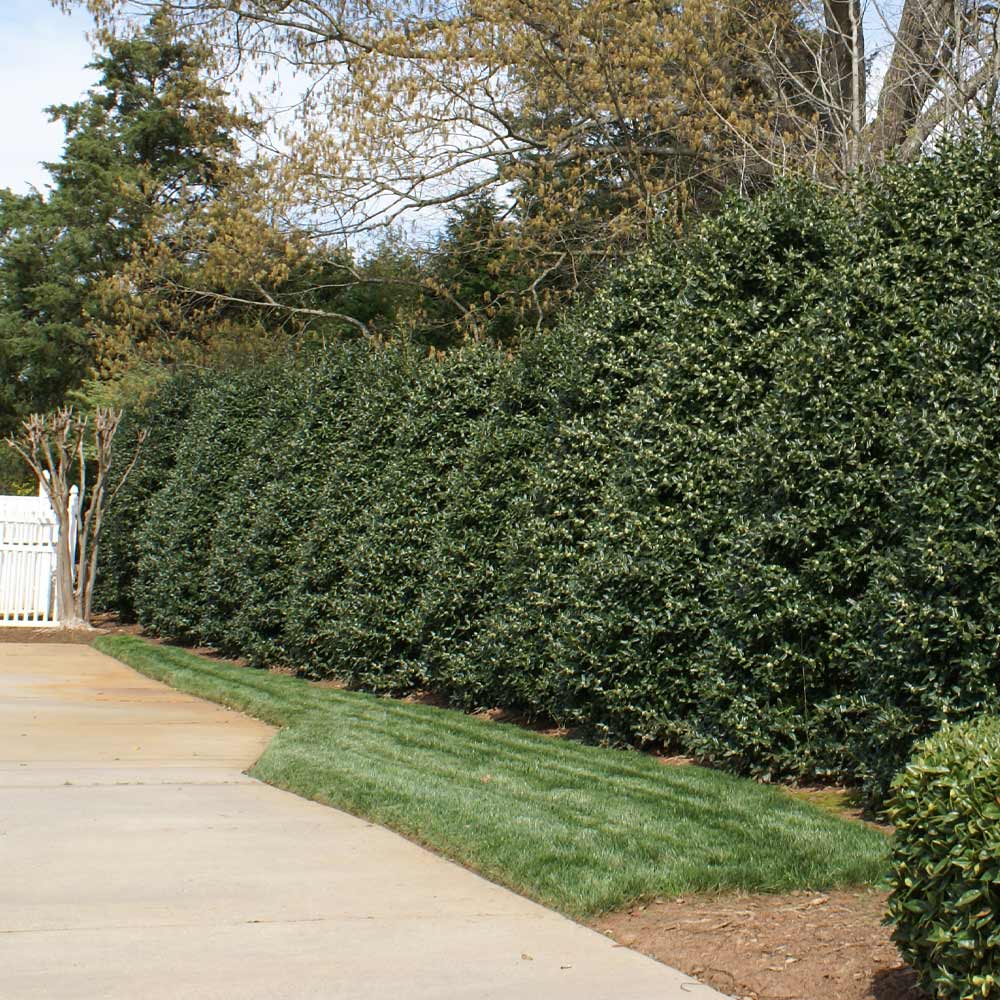
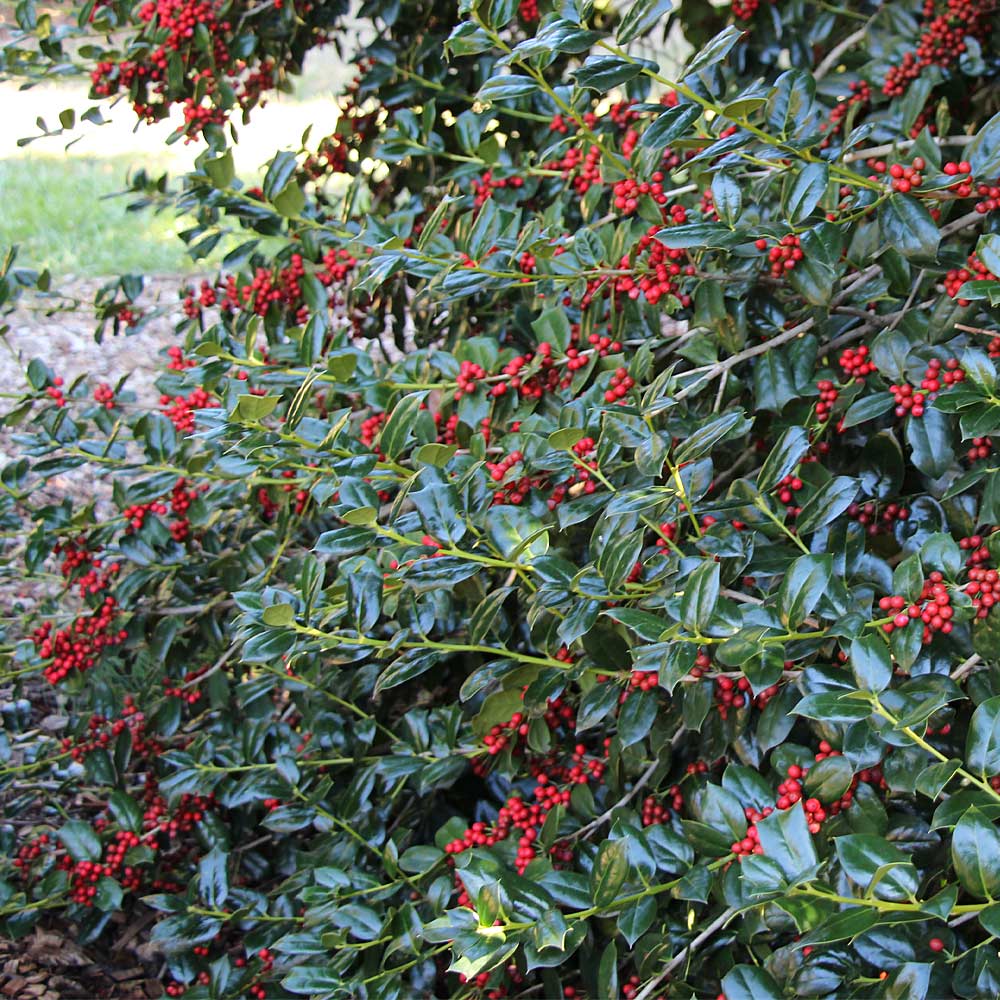
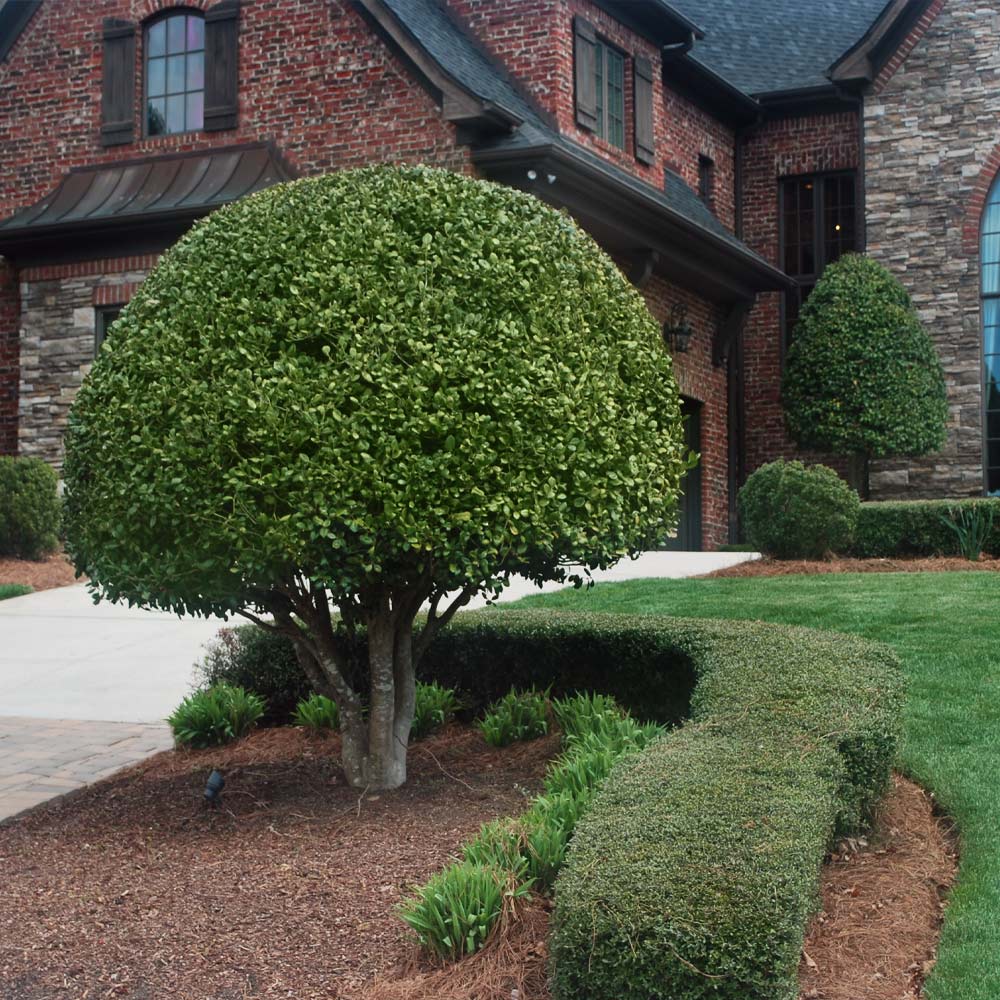
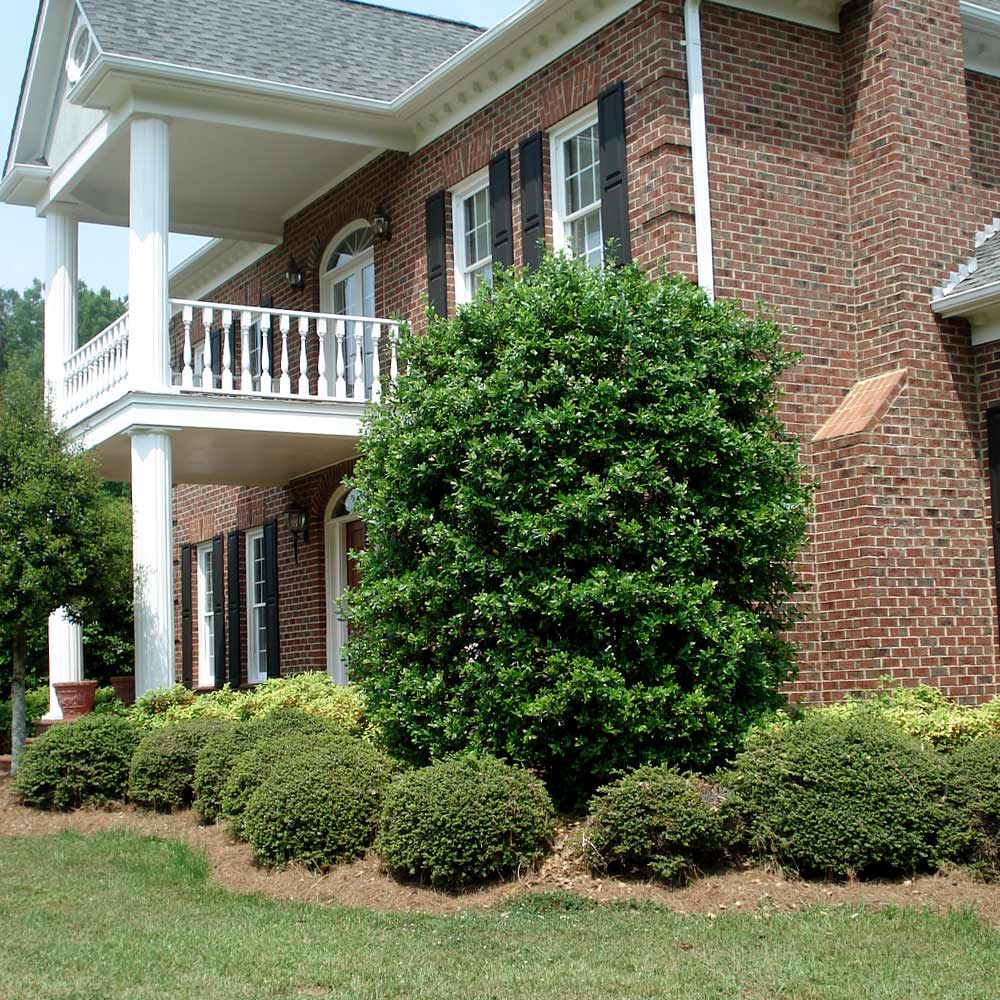

Comment